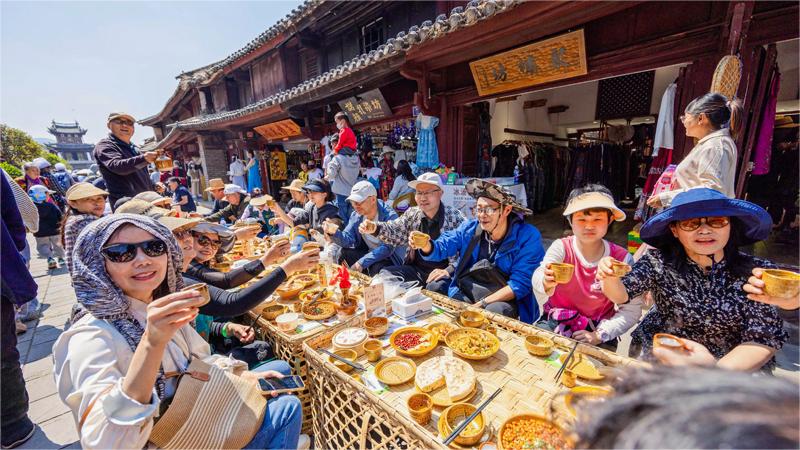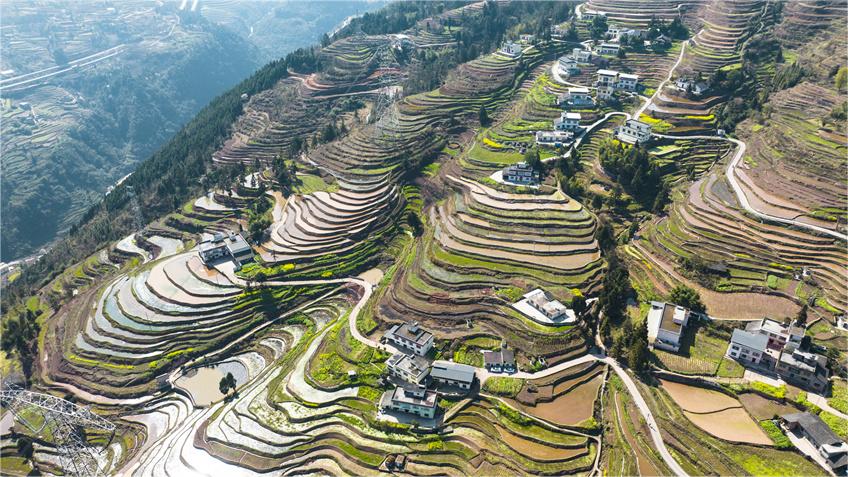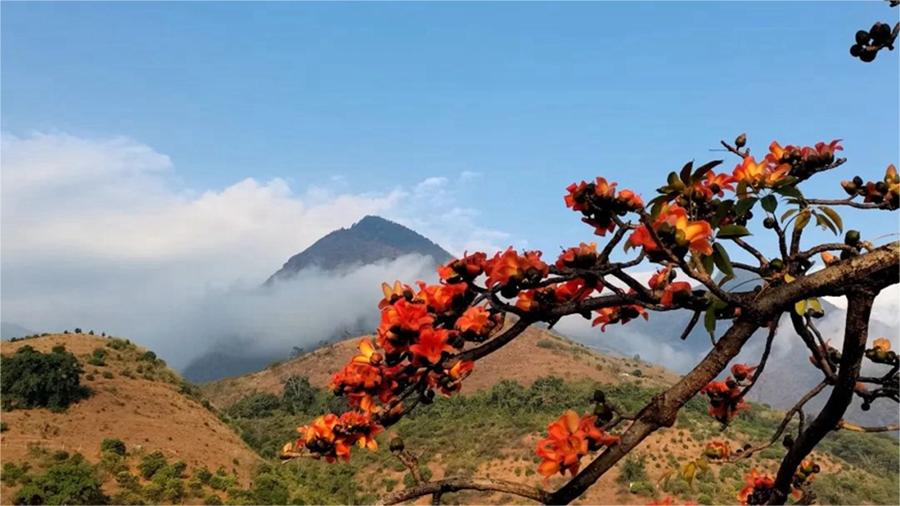85 ancient sites unearthed along China's Grand Canal
SHIJIAZHUANG, March 20 (Xinhua) -- Archaeologists have discovered a total of 85 ancient sites from the Sui Dynasty (581-618) and later periods in the Hengshui section of the Grand Canal, according to the Hebei provincial institute of cultural relics and archaeology.
According to Hu Qiang, an archaeologist at the institute, the archaeological survey spanned 350 square kilometers, uncovering 85 ancient sites. These sites included remnants of ancient cities, villages, residential structures, tombs, handicraft industries, and traces of water transportation.
Among the archaeological finds, the ancient city sites along the Grand Canal could date back to the dynasties of Tang and Song (618-1279), which indicates that several regional central cities had formed around the Grand Canal in ancient China.
Notably, the ancient Gonggao city site unearthed by the archaeological team in Fucheng County is the highest-level Tang Dynasty urban site found in this archaeological survey.
Shi Jinju, director of the county-level cultural relics protection institute, said that Gonggao was established as the seat of government of Guanzhou and Jingzhou during the Tang Dynasty. The existing remnants of the southern city wall cover a length of 400 meters from east to west and 20 meters from north to south. The site contains rich artifacts, including fragments of bricks, tiles, pottery and porcelain.
With a history of more than 2,500 years, the Grand Canal, connecting Beijing and Hangzhou in east China's Zhejiang Province, served as a significant transportation artery in ancient China.
Photos
Related Stories
- View along Grand Canal in Wuxi, E China
- China completes Grand Canal water supply project
- Grand Canal witness to Hangzhou's change from industrial hub to cultural gem
- Archaeological discoveries enrich Grand Canal culture
- E China’s Hangzhou revives historical and cultural heritage of centuries-old Grand Canal
- Scenery along Grand Canal in Cangzhou, China's Hebei
Copyright © 2024 People's Daily Online. All Rights Reserved.









